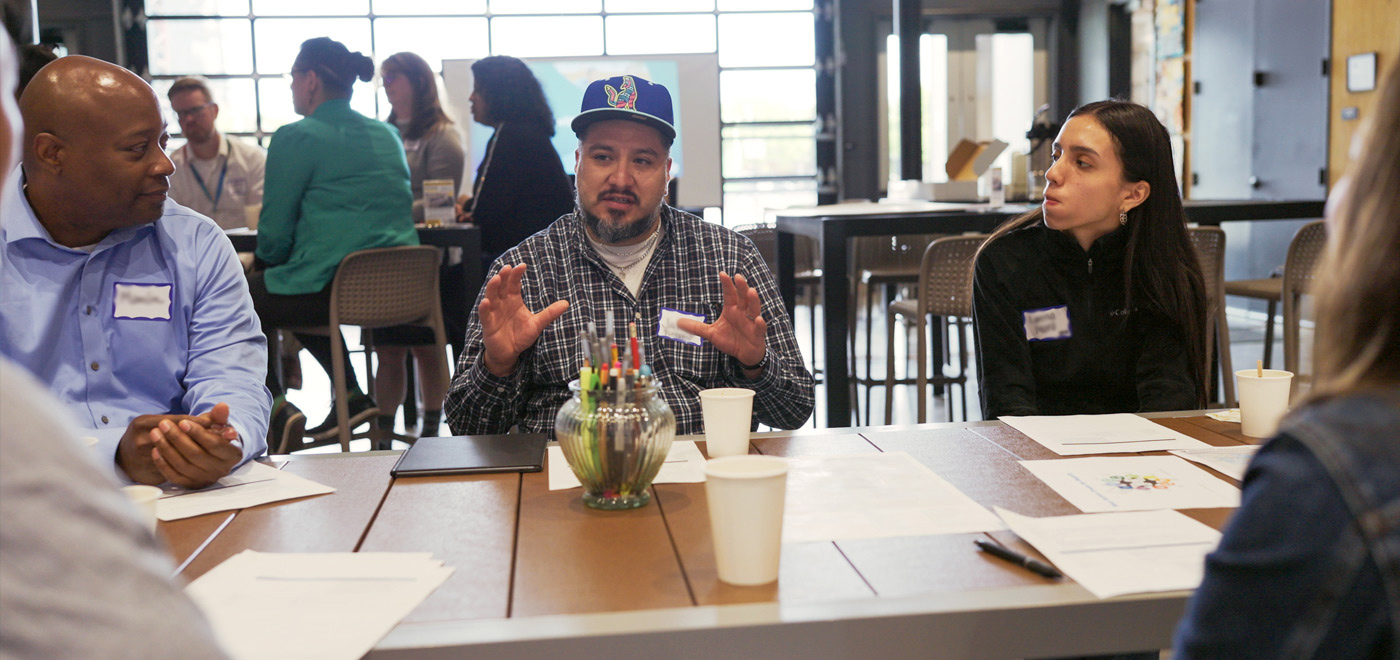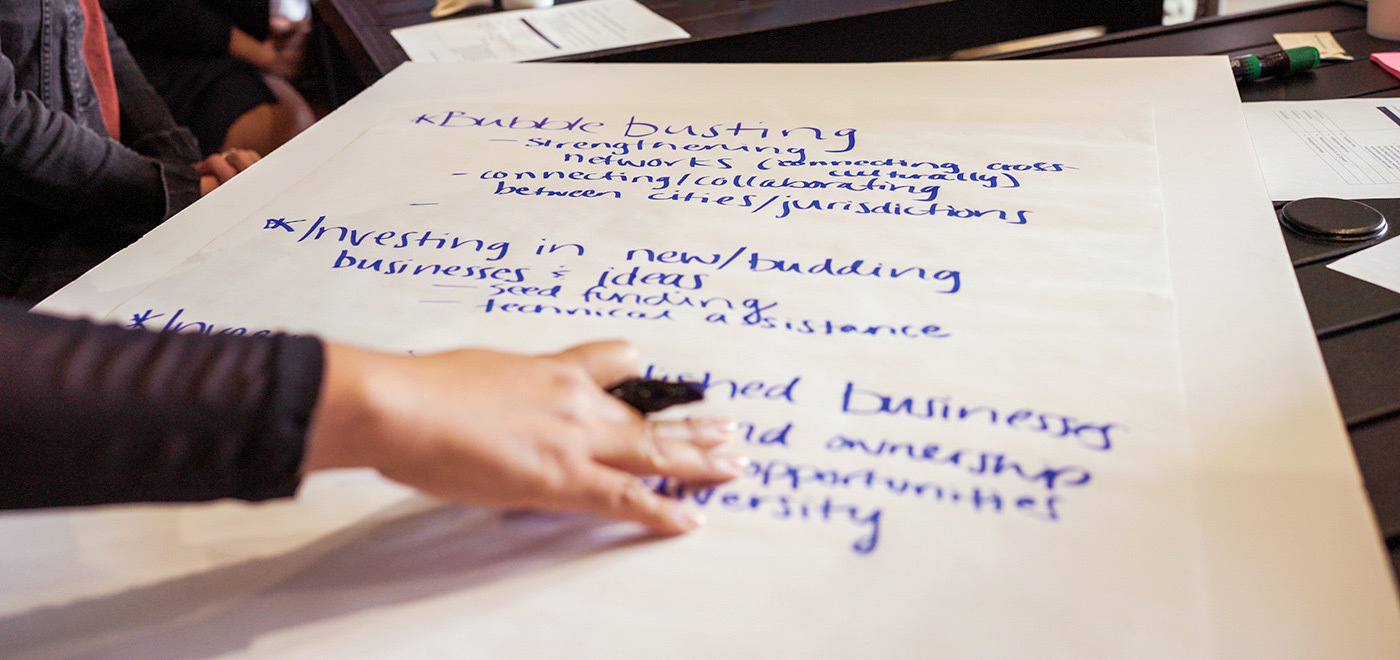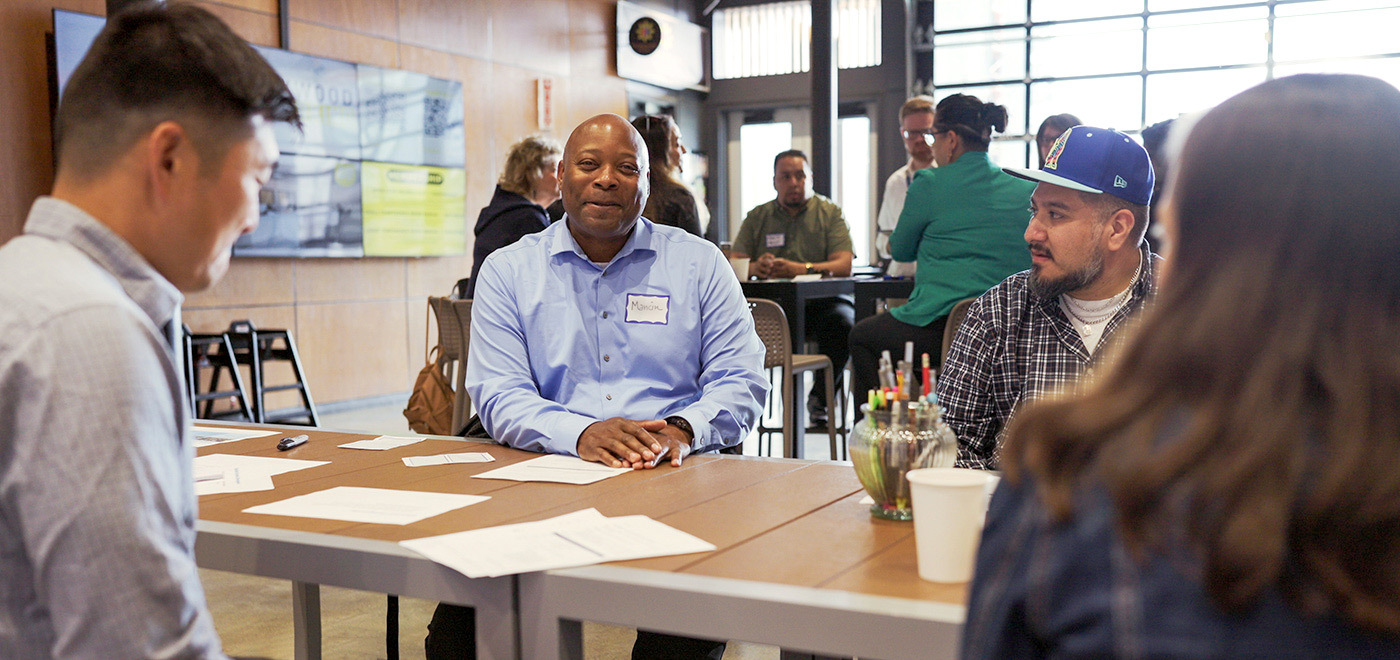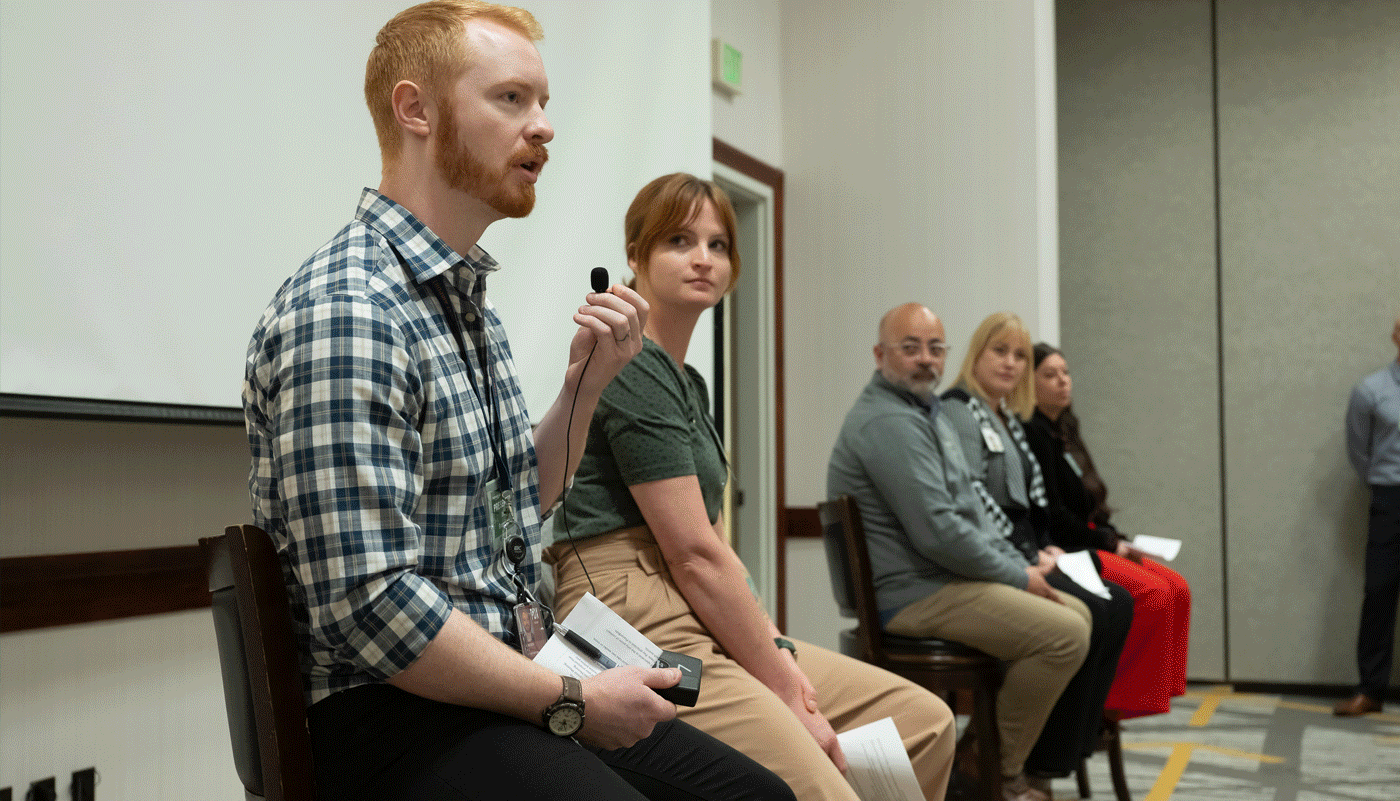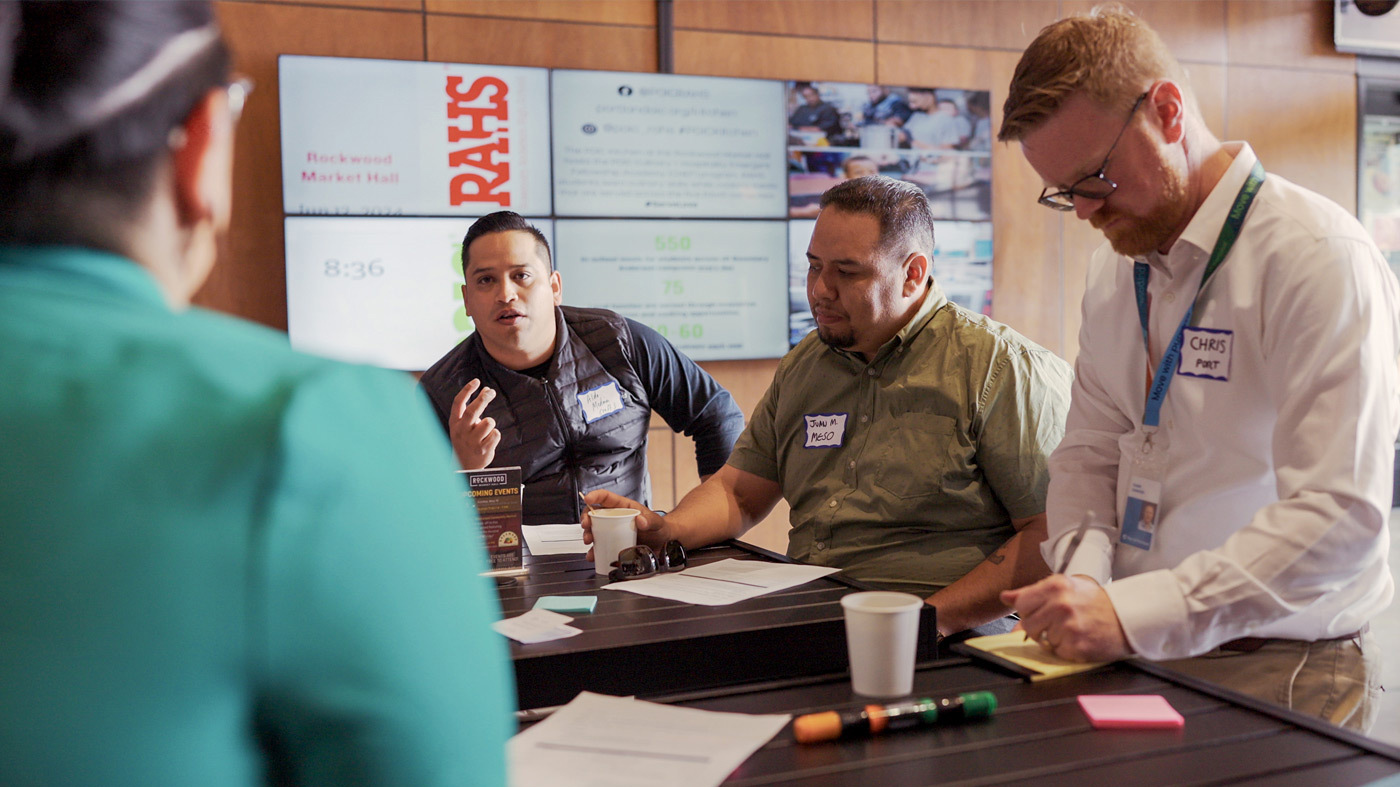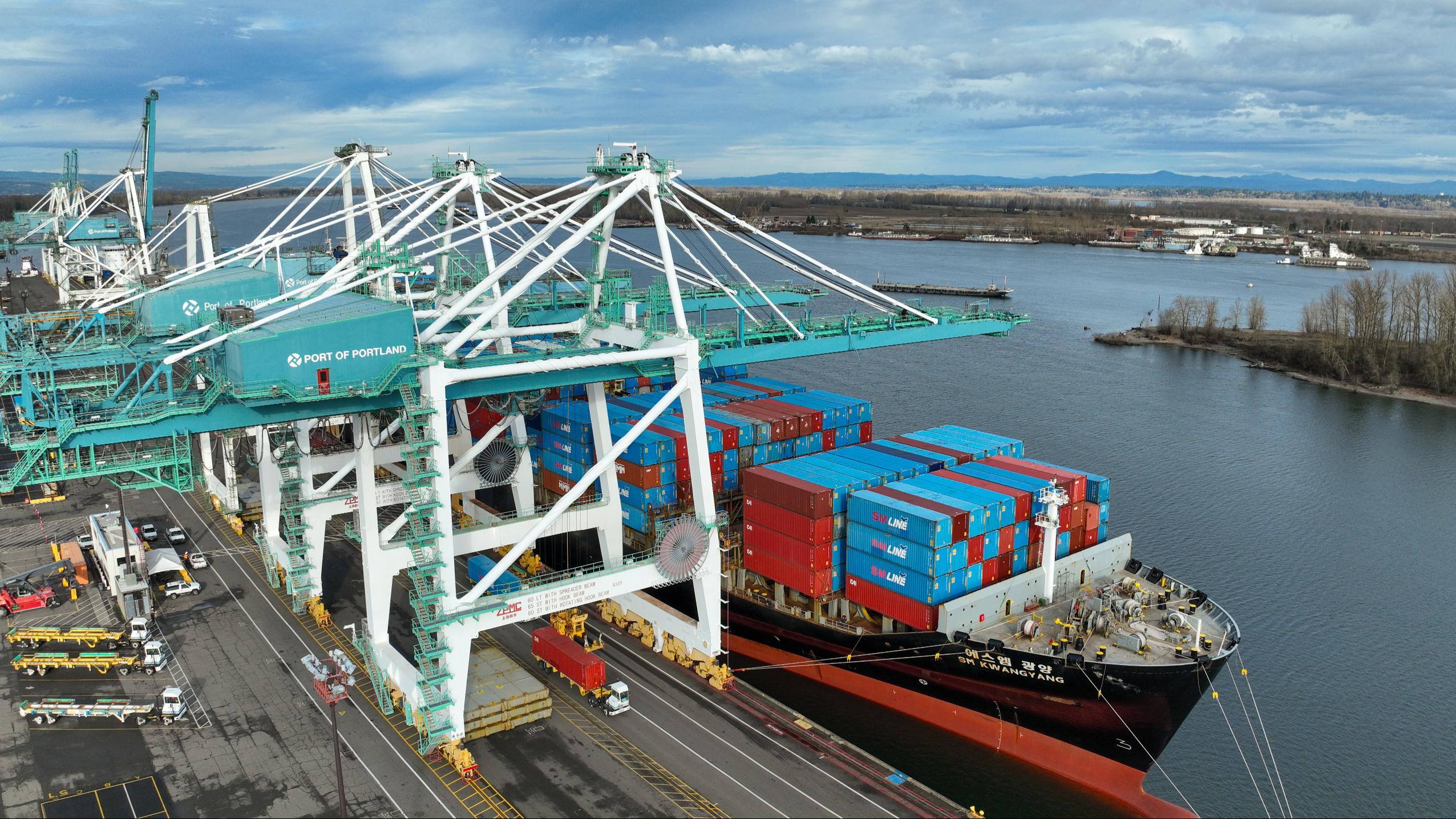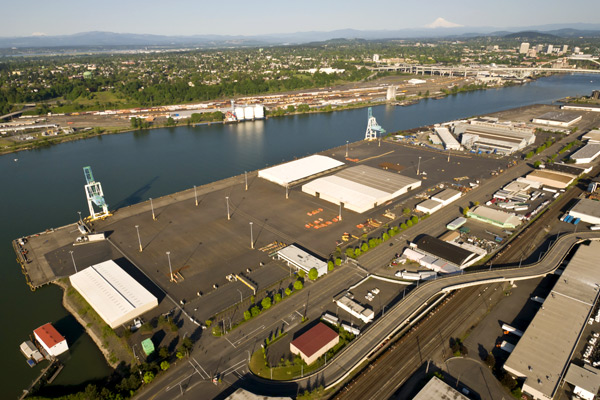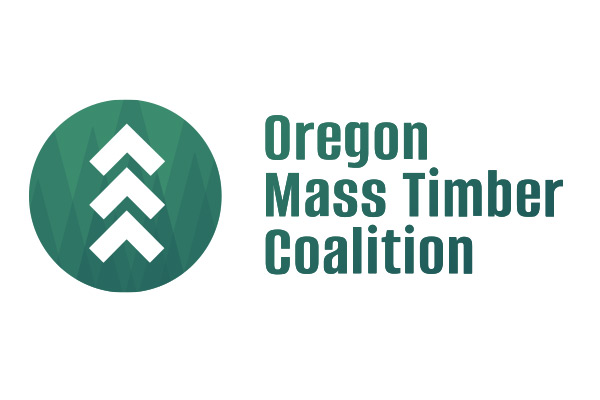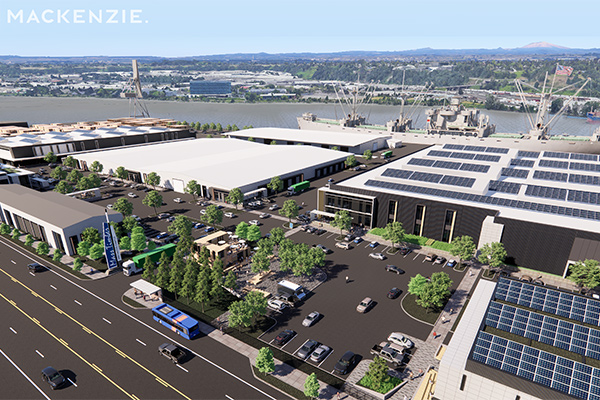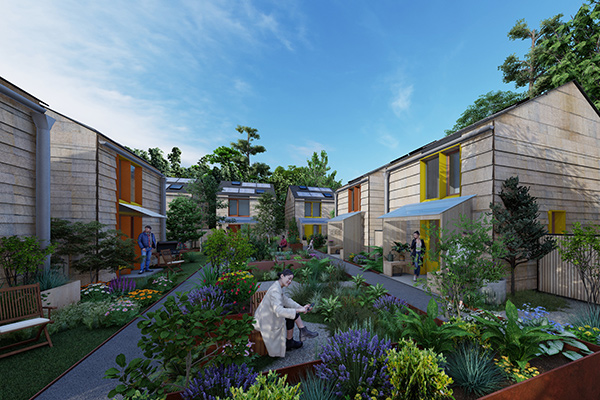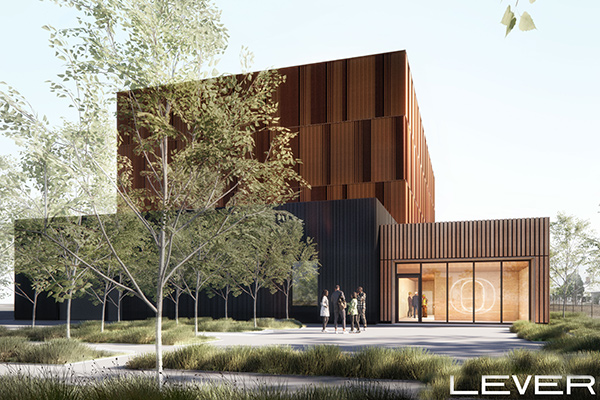How is the Port helping to map a meaningful future in East Multnomah County? 4 questions for Emily Bower
In East Multnomah County, the Port has played a role in economic development for decades—it's where we developed two business parks, plus own and operate the Troutdale airport. In 2023, we launched a new initiative with key partners to figure out the best ways to rev the local economy and create more opportunities for the people who live and work there.
Flash forward to 2025, and we’re ready to share the East Multnomah County Roadmap: a report that outlines community needs, and prioritizes programs and projects to meet those needs, while increasing access to quality jobs and economic prosperity in our region.
Keep reading to learn more about how the roadmap was developed and exciting projects on the horizon from Emily Bower, Senior Manager of Partnerships and Property Development at the Port.

Senior Manager,
Partnerships and Property Development
1. Can you bring us up to speed on the East County Strategy? What is it, and what has happened so far?
Emily: Launched in 2023, the East County Strategy is our focus on creating new economic opportunities for those who live and work in East Multnomah County, where the Port owns Troutdale Airport, and developed Troutdale-Reynolds Industrial Park, and Gresham Vista Business Park. These developments have created a lot of jobs. But we know we can have a bigger impact—so we’re focusing on building stronger communities and creating new kinds of economic opportunities.
In 2023, we held more than 30 meetings with community leaders, elected officials, community organizations and businesses—and participated in local events to hear what’s most important to community members.
In 2024, we brought together a steering committee to better understand local needs and priorities—for example, education and training opportunities to grow talent and income, transportation investments to improve access to opportunities, and more. Together, we established the East Multnomah County Roadmap in 2025.
2. What exactly is the East Multnomah County Roadmap?
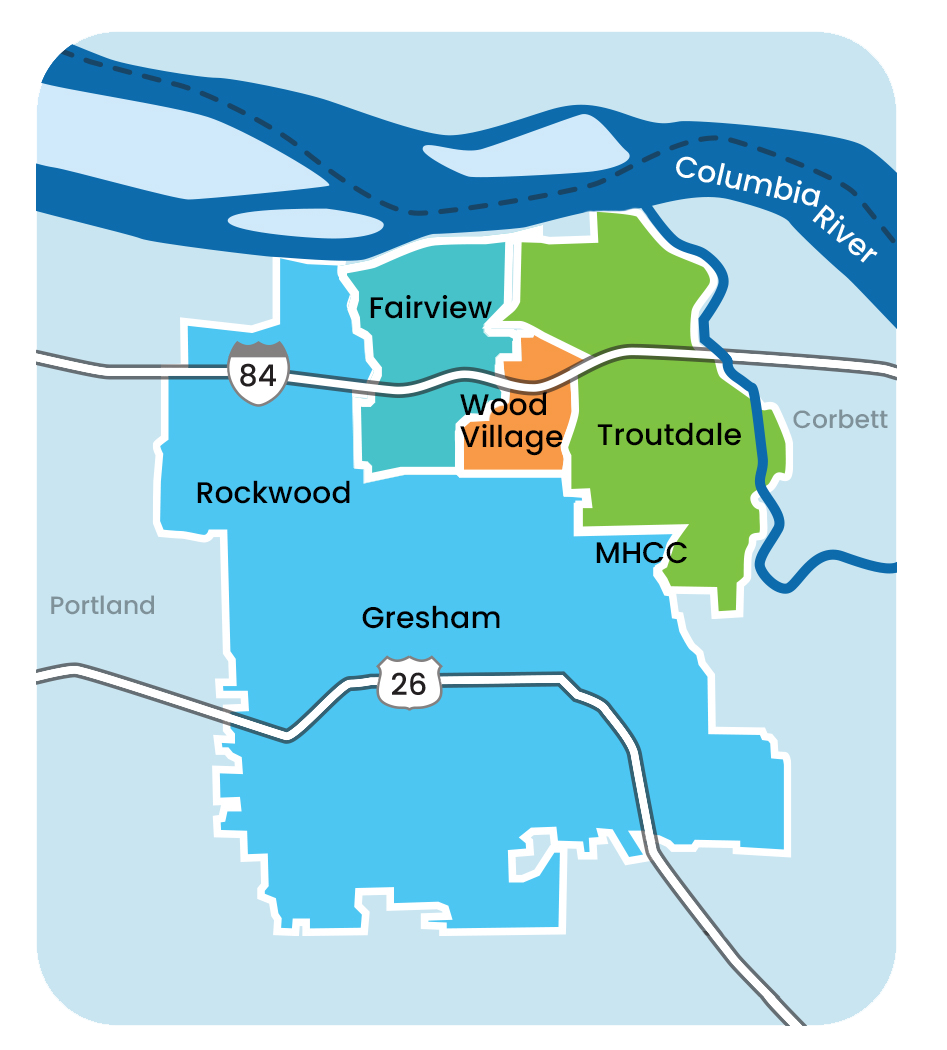
Emily: The East Multnomah County Roadmap is a report informed by the community engagement work from 2023 and 2024 that identifies some of the greatest needs and the most impactful investment and development opportunities in East County.
For the Port, it will guide our plans to develop our assets in ways that have the greatest long-term impact on the people who live and work there. But it isn’t just about the Port.
The roadmap is the culmination of many months of analysis and discussions we convened with the Cities of Gresham, Troutdale, Fairview and Wood Village, Mt. Hood Community College, Multnomah County, Metro, Oregon Community Foundation, Craft 3, Oregon Tradeswomen, and Cultivate Initiatives—to name a few of the partners collaborating throughout this process.
The group started with 48 ideas of possible projects for the region, and prioritized about 10 for the roadmap, along with some program areas like transit improvements and workforce development.
Roadmap priorities were determined by a range of factors, including whether an involved organization had the interest and capacity to support the project’s development. Additional factors included whether a project would advance economic mobility, support multimodal transportation opportunities, and contribute to environmental sustainability and climate resiliency.
3. Can you tell us more about the priorities—the projects and programs—recommended in that report?
Emily: Three priorities were identified as the first to be advanced by the coalition, with each led by a local sponsor.
One of these projects is called a semiconductor workforce pathway, and the idea is to create and promote a semiconductor workforce program that serves East County residents. This project is sponsored by Mt. Hood Community College and involves additional partners, including Worksystems, Portland State University, Microchip, semiconductor employers, and city governments in East Multnomah County.
The second priority project is Gresham Vista Business Park, Lot 11, which is sponsored by the Port of Portland, with partners including the City of Gresham, Metro, and Business Oregon. We’re working on site readiness at this location, which means developing a master plan, conducting a feasibility study, and preparing site infrastructure. The goal is to stimulate public-private investment for a mix of uses, which could include housing, child care, or workforce development training.
Another top focus is Multnomah County's Vance Vision Master Plan (PDF), a three-phase initiative to transform 90 acres of county-owned land previously used as a quarry and municipal landfill. A primary area for the coalition’s efforts will be along 190th Avenue in Gresham, where about 20 acres have been identified as a future county facilities and employment corridor, along with opportunities for workforce development and transit opportunities.
Additional locations of interest in the roadmap include downtown Rockwood, Fairview Springs, and Troutdale Airport.
4. What's Next?

Emily: A coalition of local institutions and community organizations will continue to meet and collaborate over the next two years to develop work plans for each priority program and project, implement those plans, and track progress. Each project’s sponsoring and partner organizations will be responsible for public involvement, depending on the project’s unique stakeholders and needs.
We look forward to providing updates on the Port-sponsored effort at Gresham Vista and on the coalition’s projects in general as this work takes shape.
Learn more about the Port’s East County Strategy
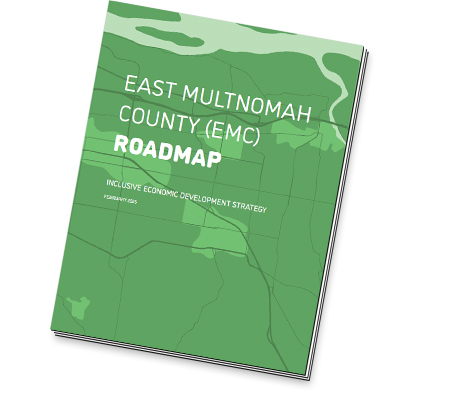
Get involved: request for qualifications (RFQ)
The Port is seeking a creative development team that can advance the broader EMC Roadmap while providing practical site development recommendations. Informed by coalition input, site considerations, and programming priorities, we invite a qualified team to explore how their approach could address one or more of the following:
- Growing good jobs by strengthening the region’s economic base through land use diversity and economic resilience.
- Supporting small business growth by providing flexible space for employers and small businesses to launch and expand.
- Connecting education to opportunity by bridging the gap between education and employment through space for workforce training aligned with industry needs.
- Creating spaces that reflect and serve the community needs by increasing access to jobs, housing, childcare, and services by leveraging nearby transit.
Date of issuance: Thursday, November 20, 2025
A non-mandatory virtual pre-submittal conference will be held on Thursday, December 11, 2025, at 1:00pm.
Submittals due: Wednesday, January 21, 2025 at 8:00am.
Download the RFQ (PDF)

